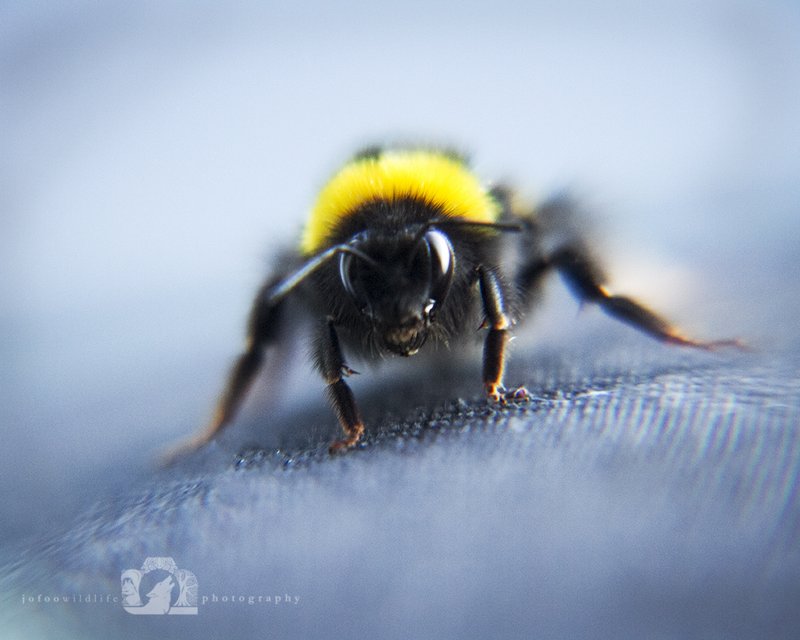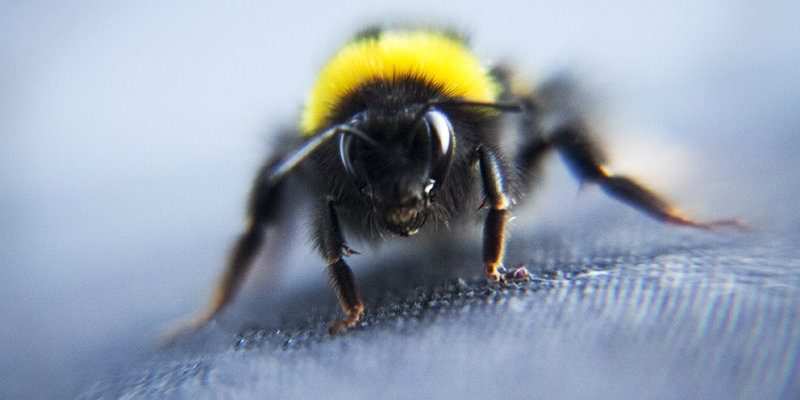
You might be surprised to learn that bumblebees are found in a variety of climates and terrains across the globe. From bustling gardens to remote mountain ranges, they seem to pop up everywhere. But it’s not just about finding a comfy place to hang out; bumblebees have incredible skills that help them adapt to their surroundings. In this article, we’ll explore the different habitats bumblebees choose and what makes them such adept survivors.
Where Do Bumblebees Live?
Bumblebees can be found in a wide range of habitats, from temperate forests to grasslands, and even urban areas. They thrive in regions where flowers bloom abundantly, providing them with the nectar and pollen they need for survival. You might think of bumblebees as creatures of the countryside, but they’re also quite at home in city parks and gardens.
These insects prefer areas with a variety of flowering plants, as it allows them to gather food from different sources. Flower diversity is crucial! Some species even live in more extreme environments, like alpine meadows or Arctic tundra. Here’s a quick look at some common habitats:
- Meadows: Open fields with plenty of wildflowers are perfect for bumblebees. They can easily access nectar from a range of plants.
- Woodlands: Forests and wooded areas provide shelter and a diverse array of flowers.
- Urban Gardens: Surprisingly, bumblebees adapt well to city life. Gardens, parks, and even vacant lots can be buzzing with activity.
How Bumblebees Adapt to Their Environments
Bumblebees are like little athletes, constantly adjusting and adapting to their surroundings. One of their most remarkable adaptations is their ability to regulate their body temperature. While humans might throw on a sweater when it gets chilly, bumblebees have a different approach. They can warm up their bodies by vibrating their wing muscles while remaining still, allowing them to fly even on cooler days.
Another way bumblebees adapt is through their social structures. Some species have a social hierarchy, where a queen bee leads the colony while worker bees forage for food. This cooperation allows them to gather more resources effectively and share responsibilities, making their survival more feasible.
Seasonal Adaptations
Bumblebees adjust their behavior based on the seasons as well. In the spring, they emerge from hibernation, ready to establish new colonies. They’ll seek out early-blooming flowers for food. As the weather warms, they become more active, foraging extensively to build up their colonies before the colder months. In autumn, their activity decreases, and they focus on laying new queens, ensuring the survival of the species for the next year.
The Impact of Climate on Bumblebee Habitats
Climate change poses a significant challenge for bumblebees. Extreme weather, changing temperatures, and unpredictable rain patterns can influence their habitats directly. For example, warmer springs might cause flowers to bloom earlier, which can throw off the timing for bumblebees looking for food.
Additionally, shifting climates can mean losing suitable habitats. As some areas become too hot or dry for bumblebees, they may need to migrate to find new homes. This migration can be tricky, as they must adapt quickly to new flower types and potential predators in unfamiliar territories.
Strategies for Survival
To cope with these challenges, bumblebees utilize specific survival strategies:
- Finding new food sources: They’ll explore new areas and adapt their foraging habits to ensure they have enough nectar and pollen.
- Adjusting flight patterns: Bumblebees may change their flight times to match the availability of flowers in their environment.
Threats to Bumblebee Habitats
Unfortunately, bumblebees face several threats that affect their habitats. Urbanization reduces their natural environments, while pesticide use can be harmful to their colonies. The loss of flowering plants due to agricultural practices also means less food for these bees.
One promising area of focus is habitat restoration. By planting more native wildflowers and creating bee-friendly spaces, people can actively help bumblebees thrive. Even simple steps, like adding a few flowering plants to your garden, can make a big difference.
Pollinator Gardens
Creating a pollinator garden is a fantastic way to support bumblebees and other beneficial insects. These gardens provide a safe haven filled with diverse flowers that bloom at different times, ensuring a steady food supply throughout the seasons. Think about incorporating native plants, as they are specifically adapted to your local climate and can thrive with minimal care.
In a nutshell, bumblebees are incredible creatures that demonstrate resilience and adaptability in the face of changing environments. From the meadows to urban gardens, they find ways to thrive no matter where they are. Their ability to adjust their behavior, social structures, and even their habitats shows just how resourceful they can be.
As we learn more about where bumblebees live and how they adapt, it becomes essential to recognize our role in their survival. By creating supportive environments and reducing harmful practices, we can help ensure that these charming bees continue to thrive for generations to come. So, let’s all do our part to appreciate and protect these vital pollinators!

